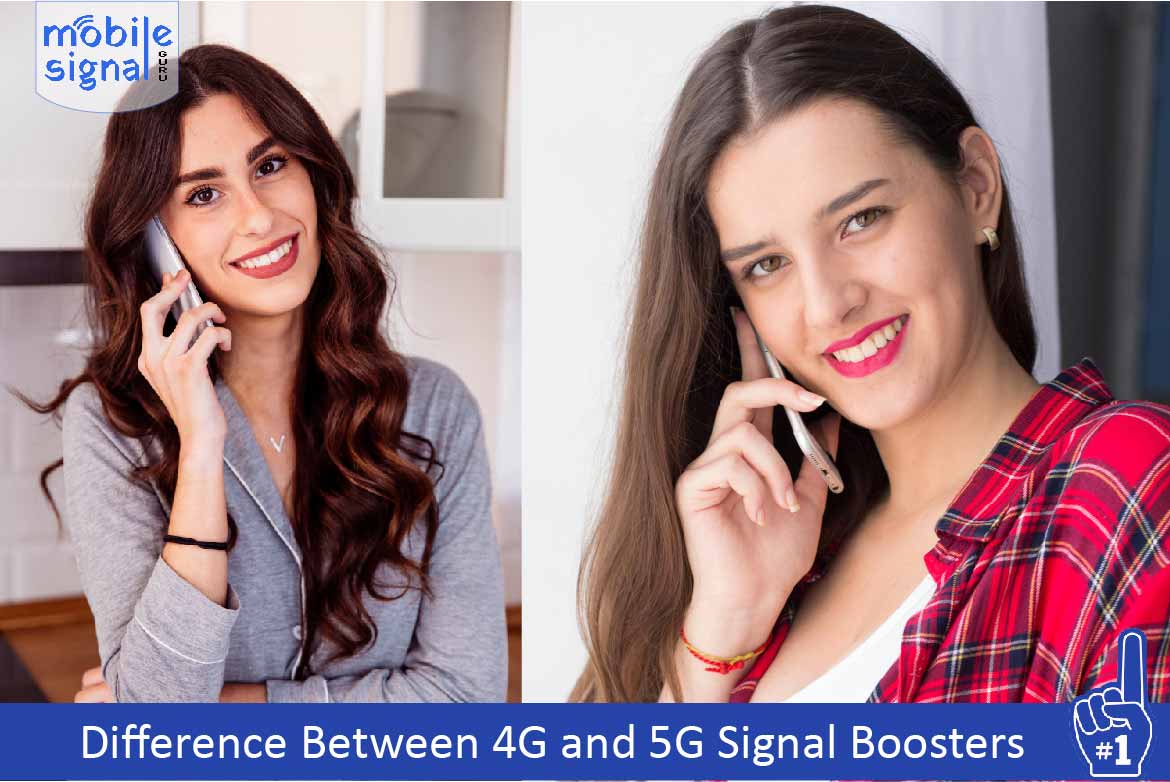Understanding the differences between 4G and 5G signal boosters is essential for improving your mobile experience. Both types of boosters enhance signal strength but cater to different network technologies. Here’s a detailed look at how they differ.
4G Signal Boosters
Purpose and Functionality
4G signal boosters amplify the existing 4G LTE signals to improve network connectivity. They help with faster data speeds and better call quality. These boosters are designed to work within the frequency bands used by 4G networks.
Frequency Bands
4G networks operate on various frequency bands, including 700 MHz, 800 MHz, 1800 MHz, and 2600 MHz. A 4G booster is tailored to amplify signals within these bands. By doing so, it ensures stable and reliable connectivity for your devices.
Coverage Area
Typically, 4G boosters are effective in covering moderate to large areas. They are suitable for homes, offices, and vehicles, providing a strong 4G signal throughout these spaces.
Installation
4G boosters are relatively easy to install. They include an external antenna, which captures the signal, and an internal antenna that distributes the amplified signal indoors. The installation usually involves placing the external antenna where it receives the strongest signal and connecting it to the internal unit.
Cost
The cost of 4G signal boosters varies based on coverage area and signal strength. Generally, they are less expensive than 5G boosters due to the technology involved.
5G Signal Boosters
Purpose and Functionality
5G signal boosters are designed to enhance the new generation of network technology, offering significantly faster speeds and lower latency compared to 4G. They cater to the specific frequencies and requirements of 5G networks.
Frequency Bands
5G networks use a broader range of frequency bands, including sub-6 GHz and millimeter-wave bands (24 GHz and above). 5G boosters are engineered to operate effectively within these higher frequency ranges. They support both low-band (coverage-focused) and high-band (speed-focused) 5G signals.
Coverage Area
5G boosters are capable of covering a wider range and dealing with more complex signal patterns due to the higher frequencies. They are designed to ensure consistent 5G connectivity even in areas where signal propagation might be challenging.
Installation
Installation of 5G boosters can be more complex due to the advanced technology and higher frequencies. It often involves more precise placement of antennas to achieve optimal performance. However, setting it up is simple but it might also require professional assistance for best results if you can’t do it yourself.
Cost
5G signal boosters tend to be more expensive than 4G boosters. This is due to the advanced technology and the need to cover a broader range of frequencies. However, they offer superior performance and future-proofing for upcoming network developments.
Comparison Table for 4G and 5G Signal Boosters
Here’s a comparison table summarizing the key features of 4G and 5G signal boosters:
| Feature | 4G Signal Boosters | 5G Signal Boosters |
|---|---|---|
| Frequency Bands | Mainly 700 MHz to 2600 MHz | Typically 600 MHz to 100 GHz |
| Speed | Up to 1 Gbps | Up to 10 Gbps or more |
| Latency | 30-50 milliseconds | 1-10 milliseconds |
| Coverage Area | Effective in medium to large areas | Effective in large and high-density areas |
| Device Capacity | Supports up to 250 devices | Supports up to 300+ devices |
| Bandwidth | Limited bandwidth | High bandwidth |
| Technology | LTE or LTE-A | NR (New Radio) |
| Usage | Ideal for everyday mobile usage | Suitable for advanced applications |
| Compatibility | Works with 4G LTE devices | Works with 5G NR devices |
| Installation Complexity | Generally simpler and less costly | Often more complex and expensive |
| Power Consumption | Lower power consumption | Higher power consumption |
Summary
In essence, 4G and 5G signal boosters serve similar purposes but cater to different network generations. While 4G boosters are ideal for improving current LTE networks and are generally more affordable, 5G boosters offer advanced features for the latest network technology, ensuring higher speeds and broader coverage. Choosing the right booster depends on your current network needs and future connectivity plans.
For anyone looking to enhance their mobile signal, understanding these differences is crucial. By selecting the appropriate booster, you can ensure optimal performance and stay connected no matter where you are. Ready to boost your mobile signal? Explore our top-rated mobile signal boosters now, or contact our support team for personalized recommendations.
 Australia (AUD)
Australia (AUD) Denmark (DKK)
Denmark (DKK) France (EUR)
France (EUR) Germany (EUR)
Germany (EUR) Ireland (EUR)
Ireland (EUR) Malta (EUR)
Malta (EUR) Netherlands (EUR)
Netherlands (EUR) New Zealand (NZD)
New Zealand (NZD) Norway (NOK)
Norway (NOK) Spain (EUR)
Spain (EUR) Sweden (SEK)
Sweden (SEK) UAE (AED)
UAE (AED) United Kingdom (GBP)
United Kingdom (GBP)
